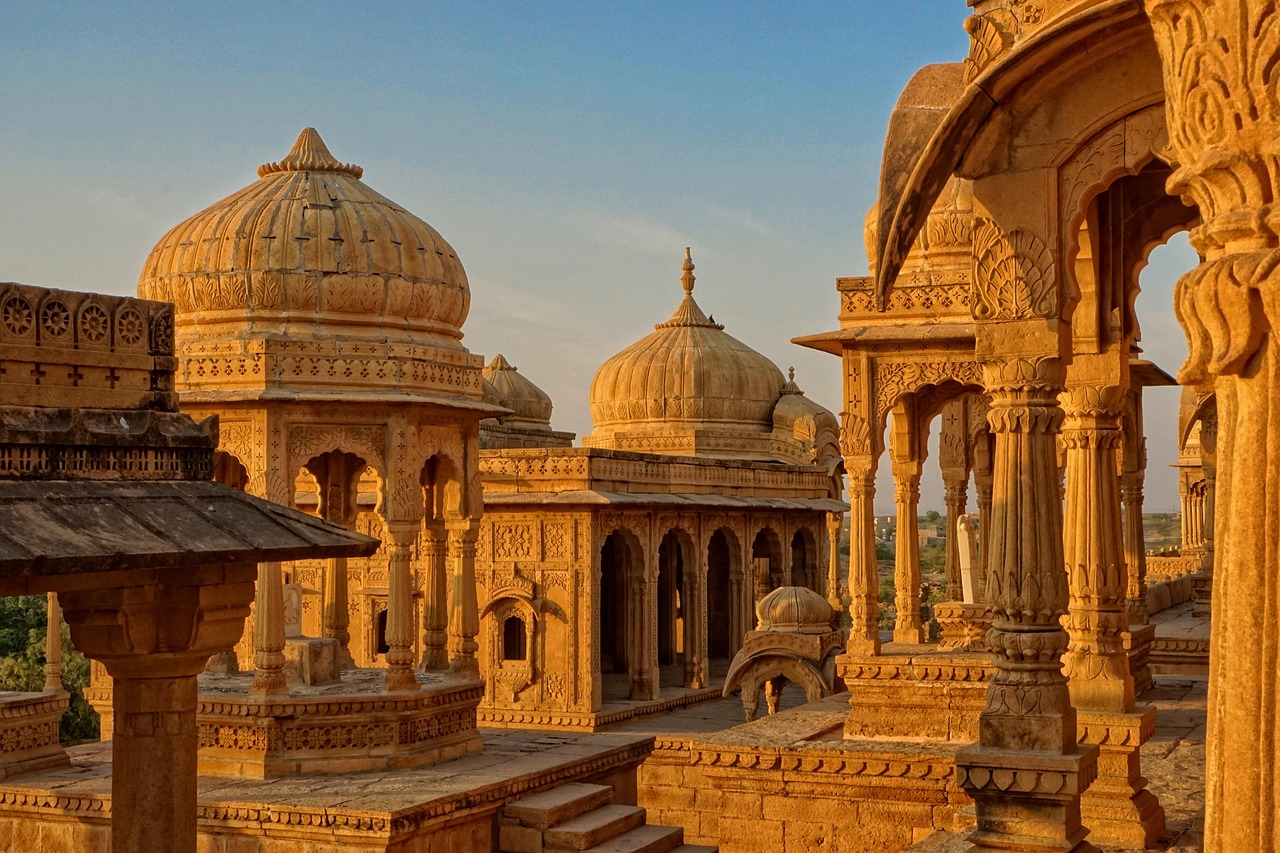The history of the Ayodhya Ram Mandir is complex and has been a subject of historical, religious, and legal debate for many years. The Ayodhya dispute revolves around the religious and cultural significance of the site, where Hindus believe Lord Rama, a revered deity, was born. Here is an overview of the history and significance of the Ayodhya Ram Mandir:
1. Ancient Significance:
Ayodhya is traditionally regarded as the birthplace of Lord Rama, a central figure in the Hindu epic Ramayana.
According to Hindu beliefs, the exact spot of Rama's birth is identified as the location of the disputed site.
2. Babri Masjid Construction:
According to Hindu beliefs, the exact spot of Rama's birth is identified as the location of the disputed site.
2. Babri Masjid Construction:
In the 16th century, during the Mughal period, a mosque named Babri Masjid was constructed in Ayodhya by Mir Baqi, a general of Mughal Emperor Babur.
The mosque was built on the site that some Hindus consider to be the birthplace of Lord Rama.
3. Ayodhya Dispute Begins:
The mosque was built on the site that some Hindus consider to be the birthplace of Lord Rama.
3. Ayodhya Dispute Begins:
Over the years, tensions and disputes arose over the ownership and control of the site. Hindus claimed it as the birthplace of Lord Rama, while Muslims asserted their right to the mosque.
4. Demolition of Babri Masjid (1992):
4. Demolition of Babri Masjid (1992):
On December 6, 1992, the Babri Masjid was demolished by a large mob of Hindu activists. The event led to communal tensions and violence across India.
5. Legal Battles:
5. Legal Battles:
The demolition resulted in legal battles over the ownership and control of the site.
Various court cases were filed, and the dispute went through multiple legal proceedings.
6. Ayodhya Verdict (2019):
Various court cases were filed, and the dispute went through multiple legal proceedings.
6. Ayodhya Verdict (2019):
In November 2019, the Supreme Court of India delivered a historic verdict in the Ayodhya dispute.
The court awarded the disputed site to Hindus for the construction of a Ram Mandir and allocated an alternate piece of land to Muslims for the construction of a mosque.
7. Construction of Ram Mandir:
The court awarded the disputed site to Hindus for the construction of a Ram Mandir and allocated an alternate piece of land to Muslims for the construction of a mosque.
7. Construction of Ram Mandir:
Following the Supreme Court verdict, the construction of the Ram Mandir at the Ayodhya site commenced.
The Ram Mandir Trust, set up to oversee the construction, has been involved in fundraising and planning for the temple.
Importance of the Ayodhya Ram Mandir:
Religious Significance:
The Ram Mandir Trust, set up to oversee the construction, has been involved in fundraising and planning for the temple.
Importance of the Ayodhya Ram Mandir:
Religious Significance:
For Hindus, the Ayodhya Ram Mandir holds immense religious significance as the birthplace of Lord Rama. The construction of the temple fulfills a long-standing demand of the Hindu community.
Cultural Identity:
Cultural Identity:
The Ayodhya Ram Mandir is seen as a symbol of the cultural and historical identity of Hindus. It represents the restoration of a sacred site associated with one of their revered deities.
Resolution of Dispute:
Resolution of Dispute:
The construction of the Ram Mandir is viewed as a resolution to a decades-long dispute. The Supreme Court's verdict aimed to address the legal and communal tensions surrounding the Ayodhya issue.
National Unity:
National Unity:
The construction of the Ayodhya Ram Mandir is seen by some as a step towards fostering national unity and healing communal divisions by addressing a long-standing dispute.
Tourist Attraction:
Tourist Attraction:
The completed Ram Mandir is expected to attract pilgrims and tourists from across India and the world, contributing to the cultural and economic development of the region.
It is important to note that the Ayodhya issue has been a source of contention and emotions for various communities, and opinions on its historical and legal aspects may differ. The construction of the Ram Mandir has broader implications for interfaith relations and the socio-political landscape of India.
It is important to note that the Ayodhya issue has been a source of contention and emotions for various communities, and opinions on its historical and legal aspects may differ. The construction of the Ram Mandir has broader implications for interfaith relations and the socio-political landscape of India.


No comments:
Post a Comment